(Alive again for 10/5)
 Today 9/30 only: Groupon is offering 4 movie tickets on Fandango.com or MovieTickets.com for $20. Valid for any movie up to $14, including iMax movies! Must redeem by 12/31/10. If you don’t have a Groupon account already, please use my sign-up link. It’s free for you, and I’ll get some Groupon credit. Then visit the deal link.
Today 9/30 only: Groupon is offering 4 movie tickets on Fandango.com or MovieTickets.com for $20. Valid for any movie up to $14, including iMax movies! Must redeem by 12/31/10. If you don’t have a Groupon account already, please use my sign-up link. It’s free for you, and I’ll get some Groupon credit. Then visit the deal link.
The offer is by WeeklyCinema, which usually offers 4 tickets for $19.99 but requires signing up for a subscription. This Groupon does not require a subscription. No strings attached. The four tickets can be split up for different movies or used all at once. The deal is for Pittsburgh, but anyone can buy it and you redeem online. I already purchased mine. Deal ends today (6 hours left as of this writing.)
Groupon is a popular group-buying site where in major metro areas you get one deal per day from a local retailer as long as enough people sign up for it, along with occasional nationwide offers.
Update: The same deal is available at similar site BuyWithMe.com under Boston, plus use coupon code SEPT10 for 10% off! Thanks to reader Cindy!
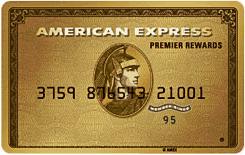 American Express has temporarily brought back their 25,000 Membership Rewards point offer for their Premier Rewards Gold Card from American Express®, which is one of their upscale-oriented charge cards where you must pay off the balance each month. Offer expires October 12th.
American Express has temporarily brought back their 25,000 Membership Rewards point offer for their Premier Rewards Gold Card from American Express®, which is one of their upscale-oriented charge cards where you must pay off the balance each month. Offer expires October 12th.
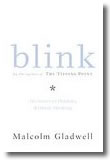
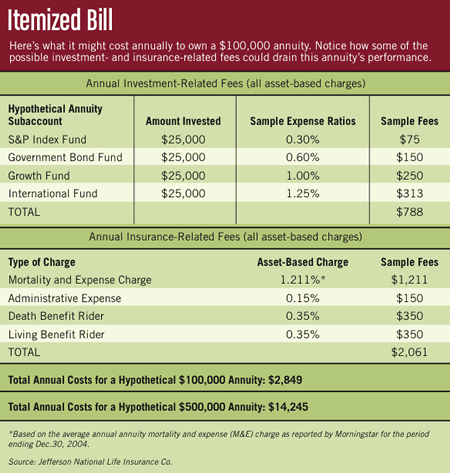


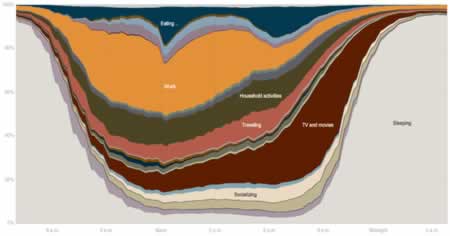
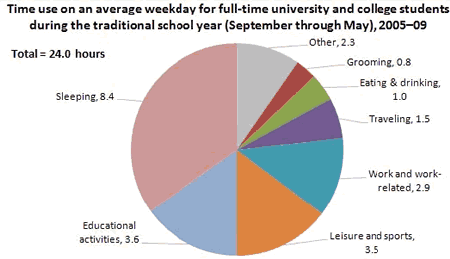
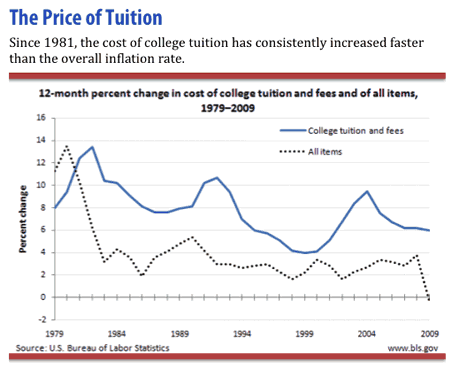
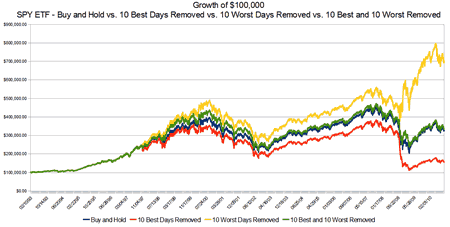
 The Best Credit Card Bonus Offers – March 2024
The Best Credit Card Bonus Offers – March 2024 Big List of Free Stocks from Brokerage Apps
Big List of Free Stocks from Brokerage Apps Best Interest Rates on Cash - March 2024
Best Interest Rates on Cash - March 2024 Free Credit Scores x 3 + Free Credit Monitoring
Free Credit Scores x 3 + Free Credit Monitoring Best No Fee 0% APR Balance Transfer Offers
Best No Fee 0% APR Balance Transfer Offers Little-Known Cellular Data Plans That Can Save Big Money
Little-Known Cellular Data Plans That Can Save Big Money How To Haggle Your Cable or Direct TV Bill
How To Haggle Your Cable or Direct TV Bill Big List of Free Consumer Data Reports (Credit, Rent, Work)
Big List of Free Consumer Data Reports (Credit, Rent, Work)